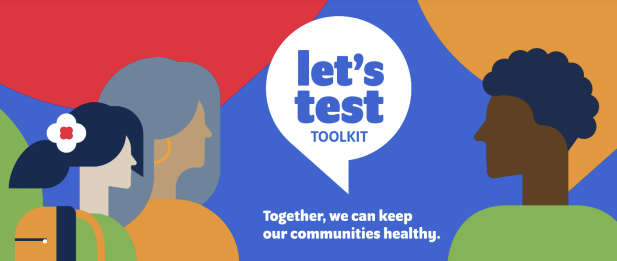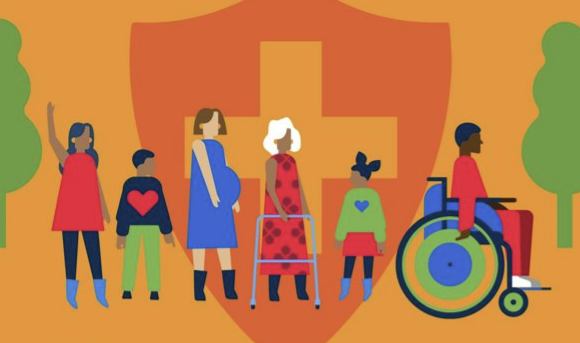main navigation start
Toggle navigation
main content start
Search Filters
Sharex Sites List
Topics
Topics
- Accountability (3)
- Adolescents (39)
- Birth Registration (1)
- Breastfeeding (20)
- Cash Transfer (3)
- Child and youth participation (19)
- Child Health (236)
- Child labour (4)
- Child marriage (18)
- Child Poverty (10)
- Child Protection (50)
- Children in alternative care (5)
- Child Rights (17)
- Climate, Energy and Environment (53)
- Community engagement (89)
- Convention on Child Rights (2)
- COVID-19 (122)
- Data/Evidence (115)
- Disability (95)
- Disaster Risk Reduction (14)
- Discrimination (2)
- Early Childhood Development (55)
- Education (28)
- Emergency Response (2)
- Female genital mutilation (25)
- Gender (51)
- Gender Based Violence (22)
- HIV/AIDS (41)
- Humanitarian Response (10)
- Immunization (131)
- Infant and Young Child Nutrition (20)
- Innovation (35)
- Justice for children (4)
- Knowledge Exchange and Sharing (35)
- Knowledge Management (42)
- Legal identity (3)
- Maternal Health (56)
- Mental Health (26)
- Migrant and displaced children (12)
- Migration (10)
- Newborn Health (60)
- Nutrition (160)
- Online protection (1)
- Partnerships (8)
- Peacebuilding (2)
- Polio (6)
- Poverty (1)
- Psycosocial support (7)
- Sexual exploitation and abuse (11)
- Sexual Violence (14)
- Social Behaviour Change (59)
- Social Policy (21)
- Social Protection (15)
- Social service workforce (81)
- Sustainable Development Goals (8)
- Technology for Development (13)
- UNICEF Programming (37)
- UN Water Conference (6)
- Urban (8)
- Violence against children and women (20)
- Violence in schools (2)
- Water. Sanitation and Hygiene (206)
Resource Type
Document Type
- Academic journal articles (including pre-print submissions) (25)
- Agreements (5)
- Case studies, lessons learned, field notes (124)
- Corporate reporting (1)
- Data set (1)
- Evaluations (9)
- Forms and templates (8)
- Guidelines/SOPs/checklists (82)
- Human Interest Stories (6)
- Major publication (flagship, advocacy etc.) (29)
- Meeting documents and reports (7)
- Mobile Application (1)
- Monitoring reports (9)
- Newsletters (29)
- None (22)
- Online learning/e-learning course (3)
- Other technical publications and reports (14)
- Policy brief/briefing notes/fact sheets/FAQs (77)
- Posters, brochures, pamphlets, flyers (5)
- Presentation (12)
- Research report (49)
- Situation analyses (10)
- Situation reports (11)
- Speeches and Statements (1)
- Staff working paper/discussion paper (10)
- Strategies and Frameworks (37)
- Systematic reviews, knowledge mappings, evidence synthesis (5)
- Technical note (40)
- Toolkit/Toolbox (149)
- Training materials (131)
- Video (1)
Country
Published Date Range

Other technical publications and reports
Realizing its commitment to providing universal access to sanitation, the Government of Indonesia aims to shift from open defecation free into safely managed sanitation as the national plan for sanita...

Case studies, lessons learned, field notes
The development of WASH in Schools (WinS) in Indonesia has been progressing significantly in recent years. The availability of more and better quantitative and qualitative data on WinS has raised the ...

Case studies, lessons learned, field notes
Since 2016, significant progress has been made in ensuring Water Sanitation and Hygiene services (WinS) in Indonesia. The Ministry of Education (MoEC) published a WinS SDG profile and WinS Roadmap in ...

Case studies, lessons learned, field notes
This flagship case of the ASCEND initiative is a government-led initiative on a regional standardization/ certification process for WASH in Emergencies (WiE) related trainings amongst member states of...

Case studies, lessons learned, field notes
A very centralized Department of Education (DepED) in the Philippines adopted a decentralized approach by giving all the responsibilities to school principals to adjust the school’s needs and implemen...

Technical note
Through Community Based Total Sanitation (known in Bahasa as Sanitasi Total Berbasis Masyaralat or STBM), many rural communities in Aceh province in Indonesia have been supported to eliminate Open Def...

Case studies, lessons learned, field notes
The COVID-19 pandemic has forced the restriction of movement and closure of borders in many locations in Myanmar. This coupled with lack of access and mobility to certain areas for security reasons po...

Toolkit/Toolbox
Elaborar materiales de presentación que sean exhaustivos y atractivos para promover un incremento del acceso a pruebas de diagnóstico asequibles y de calidad puede requerir mucho tiempo, investigacion...

Toolkit/Toolbox
Publiées sur des plateformes de médias sociaux ou des plateformes et groupes de messagerie, les ressources numériques permettent d’interagir rapidement avec un grand nombre de décideurs et de parties ...

